
Today, our Motherhood Around the World series takes us to South Africa where we meet Bongi Hill, a 33-year-old Xhosa physician who lives in the Western Cape with her husband, Deane, and son, Lukhanyo, who’s nearly three. We talked to her about the challenges of raising a mixed child in South Africa, local traditions of babywearing, popular snack foods (ever hear of biltong?) and the one wild animal her son knows not to mess with…
Bongi’s background: Bongi grew up in a traditional Xhosa community on South Africa’s Eastern Cape. She’s a physician specializing in pediatrics who works part-time at a hospital in the city of Paarl. She and her husband, Deane, a South African of English descent, have been married for five years and are raising Lukhanyo in the rural town of Tulbagh, about ninety minutes from Cape Town.
She was happy to share her experiences of motherhood in South Africa, but stresses that hers is just one thread in the elaborate fabric of the country. “It’s impossible to talk about ‘typical’ South African traditions because the country is so diverse, with 11 different languages,” she says. “The wide socioeconomic gap also makes for very different lifestyles — we have first world and third world experiences in the same country.” Still, between her professional and personal lives Bongi has been able to cross more than a few boundaries, which has made her an excellent cultural guide.
On first foods: Mielie-meal pap (a corn porridge) and oat porridge have traditionally been used here for weaning babies. Pap is also a staple food for adults, often eaten with stews. But these days people are moving towards steamed, puréed vegetables as a first solid for babies. My son’s first solid was avocado; I only added porridge in the form of oats after vegetables and fruit. When babies and toddlers start teething, a lot of mothers will give them dried meats — biltong (dried, cured meat similar to beef jerky) or droëwors (a dried sausage) — to chew on. Both are popular snacks for kids and adults in South Africa, and we almost always have them at home.
On children’s diets: Unfortunately, the average South African child doesn’t have a very healthy diet. I know from my patients that its common to give a two-year-old a lunch consisting of a packet of crisps, a (sweetened) yogurt and a fruit — it’s simply what the parents can afford. And though you might think that the fruit is very healthy, it can be a problem. Where we live, in farm country, the fruit is so cheap that you might see a child eating five peaches in a day, which is way too much sugar and also leads to a cavity problem. Other convenience foods you often see children eating are Vienna sausages, fried fish fingers and instant noodles. There’s a popular brand of noodles here called Maggi — you boil the noodles for two minutes and add a powdered flavor sachet.
In our household it’s a bit different, because I’m a physician and my work is all about promoting health. So for breakfast Lukhanyo will have an oats porridge and strawberries, or scrambled egg and avocado with a rusk (a hard biscuit popular in South Africa) and milky rooibos (red bush) tea. For lunch, I might give him sardines and maybe avocado or peas. For dinner he eats some version of what we eat but like any other child, his favorite food is pizza!
On being part of an interracial couple: It’s a mixed bag, to be honest — some good, a lot bad and often awkward. My husband and I both come from very open and accepting families, so our immediate families were supportive. But sometimes I get this attitude from others, like, ‘You’re a black girl and you’re with a white husband? You’re a sell out!’ Which obviously feels terrible. And then on the opposite side of the spectrum there are people who will say, ‘Oh Bongi, you lucked out with your white husband, now you have it made!’ And obviously that’s not true either. Living in a small, rural community we are even more of an anomaly than if we lived in a city. Sometimes people look at us like, huh? For instance, we recently started going to a new church and I left my son at the childrens’ program. When my husband went to collect him afterwards the people running it sort of balked —it didn’t click for them that Lukhanyo could be this white man’s son.
On raising a biracial child: My husband and I don’t believe in teaching colorblindness. We feel quite strongly that Lukhanyo must know there is black and white because our society recognizes these divisions and it’s important for us to recognize the disparities in how people are treated and the way resources are allocated.
We gave our son the name Lukhanyo, a Xhosa name that means ‘to be a shining light.’ Lukhanyo’s second name is Ethan because it was important to us that his full name be reflective of both of our cultures, and we want him to have pride in those. We are also raising him to be trilingual. I mainly speak to him in Xhosa; he and his father speak in English; and thanks to his nanny, Lukhanyo also speaks Afrikaans, which is the main language in our area.
On babywearing: Where I grew up, all mothers carried their babies on their backs using towels or blankets in the traditional Xhosa style called ukubeleka that’s been the custom for centuries. Wearing your baby lets him feel safe and secure, while still giving you the freedom to do other things. I was carrying cousins and friends’ babies this way before I had my own child. My son is nearly three and still loves to be carried. For his size, I find that a woven wrap (a long piece of woven fabric which comes in different lengths) is the best for us. But there are so many different styles of carriers available these days that there is one for every parent. Wearing him makes my life so much easier — for instance when I go to shops, he’s not running around and I don’t have to stress about keeping him under control. We do own a stroller but we’ve only used it a handful of times, as we find it bulky and inconvenient.
On breastfeeding: I grew up on the Eastern Cape, where there was never a taboo about breastfeeding in public. It was considered a natural part of motherhood and traditionally encouraged and supported from mother to mother through generations. The first time I heard of the whole ‘normalize breastfeeding campaign’ I remember being very confused because I didn’t realize that it needed to be normalized. It was only once I started living in the wealthier communities of South Africa that I began to feel self-conscious about breastfeeding in public. There have been many well-publicized cases where moms were kicked out of restaurants and wine farms for breastfeeding, or told they have to go to a toilet to feed their babies. Unfortunately, as a country we still have a long way to go with this issue.
On maternity leave: Because I work at a state hospital, I receive government benefits, which include four months of maternity leave. In South Africa, government jobs such as mine are quite coveted because they provide good working conditions and benefits, solid retirement plans and are generally secure. When I gave birth to Lukhanyo I was actually able to take a total of six months off by combining it with vacation days and additional unpaid leave. My boss has been awesome.
On independent kids: Most children in South Africa learn to be independent from a very young age. Especially among poor families in the informal settlements, you will see children out alone without adult supervision. Their parents must go to work, or they have died and it’s older siblings keeping an eye on the younger ones. Of course you see less of this in the more privileged communities, but because most of South Africa is so poor, there is no way police could attempt to enforce a law requiring parents to supervise their children. When I was a child, I definitely ran around the streets on my own or with other neighborhood children — it was nothing people worried about. Now of course I’m a mother, and when I see small children playing on their own, sometimes under unsafe conditions, I worry. But it’s a fact of life here.
On childcare responsibilities: In Xhosa communities, everybody works, and the baby is brought up by a nanny or a gran or put into a crèche. Most middle to upper class families can afford a nanny in South Africa, as the minimum wage for domestic workers in urban areas is only about 15 rand [about $1 USD] per hour. Of course, there’s a wide range in what people pay and we pay our nanny much more than this, as we don’t think the minimum is an adequate salary. We are very blessed to have her.
In our household, I’m often away from home for work and Deane is a perfectly capable parent without me. He changes diapers and does most of the cooking, as he loves to cook. But this isn’t the norm. We visited France recently and my husband and I were struck to see a lot of men taking care of their young children and babies, even during the day. This is an unusual sight in South Africa where caregiving is still very female dominated and you rarely see a man pushing a stroller, and almost never wearing a baby on his body.
On spanking: Last October, a high court banned corporal punishment in the home, and it is now actually illegal for parents to hit their children. This might sound extreme, but we had to pass this law because child abuse is quite severe in South Africa. As a doctor, I have personally seen many horrific cases. And because there was historically very little legal protection for children, there was very little authorities could do.
In fact, it was only a couple decades ago when corporal punishment was outlawed in our schools. When I was in school, I’d be hit on my hand with a stick or a ruler. One teacher used to pinch us very hard on our cheeks. The boys got hit on their bums. Now, of course, when I look back on this it seems incredible that this was considered normal and perfectly acceptable.
On local wildlife: South Africa is famous for its game reserves where tourists come to see lions, elephants, rhinos, etc. But where we live on the Western Cape, we are two hours from the nearest game park — the animals you most commonly see here are cows, sheep and pigs! We do have baboons on the outskirts of our town and once in a rare while a neighboring farm will have a leopard problem. But in terms of local wildlife, my biggest fear are the snakes, which we see on a regular basis. The most dangerous is the Cape Cobra, which is a bright yellow venomous snake that’s one of the most lethal in Africa. We’ve talked to Lukhanyo about snakes many times so he knows how to behave when he sees them. My husband is actually something of a snake fanatic (he used to collect them as a child!) so he’s taught Lukhanyo how to recognize different snakes and how to step back calmly when he sees one. It’s important to know this growing up around here!
Thank you so much, Bongi!
P.S. More Motherhood Around the World posts, including Kenya, Hungary and Sweden.
(Mielie-meal pap via MyRecipes. Tulbagh houses via Flickr. Breastfeeding photo and family portrait by Love Made Visible. Other photos courtesy of Bongi, via Ndibambe.)
 PREVIOUS ARTICLE
PREVIOUS ARTICLE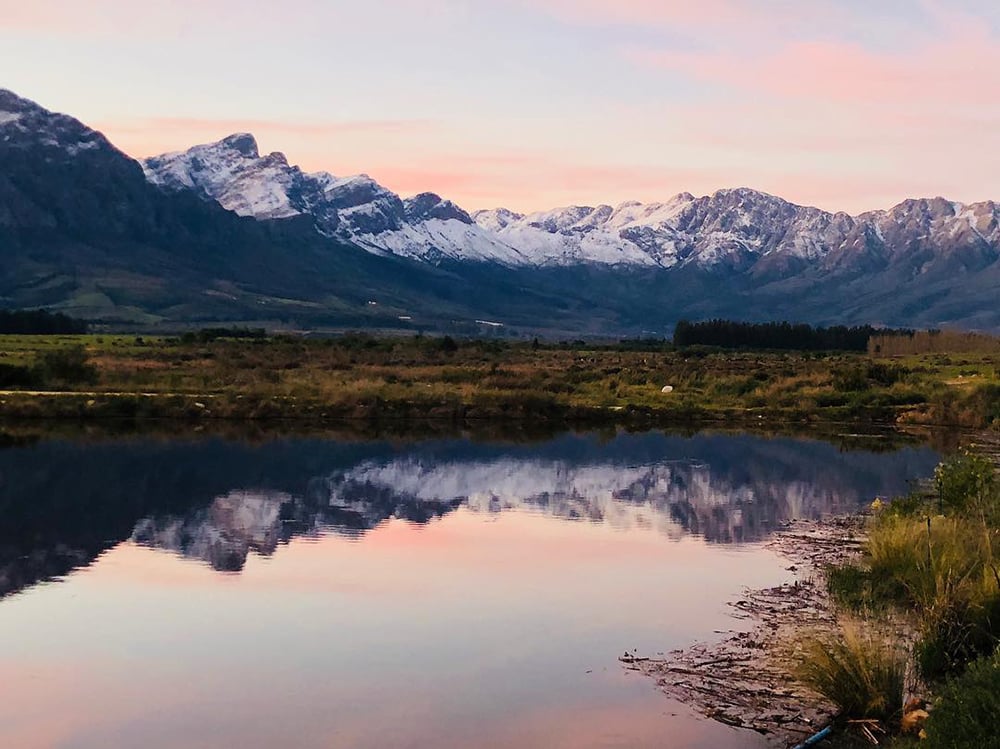
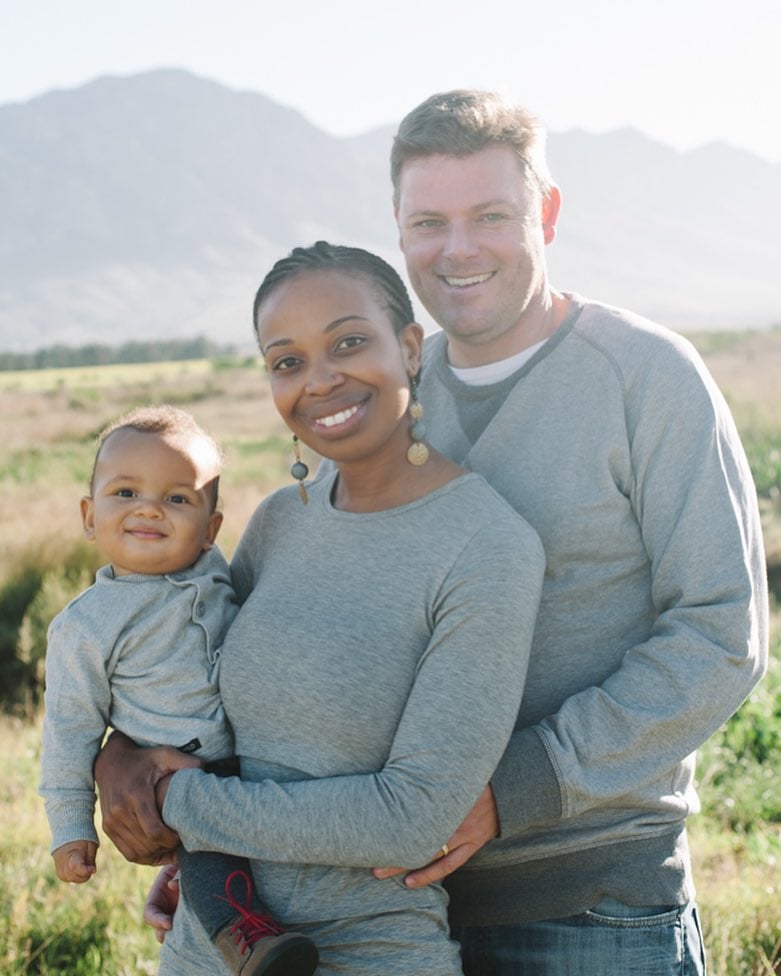

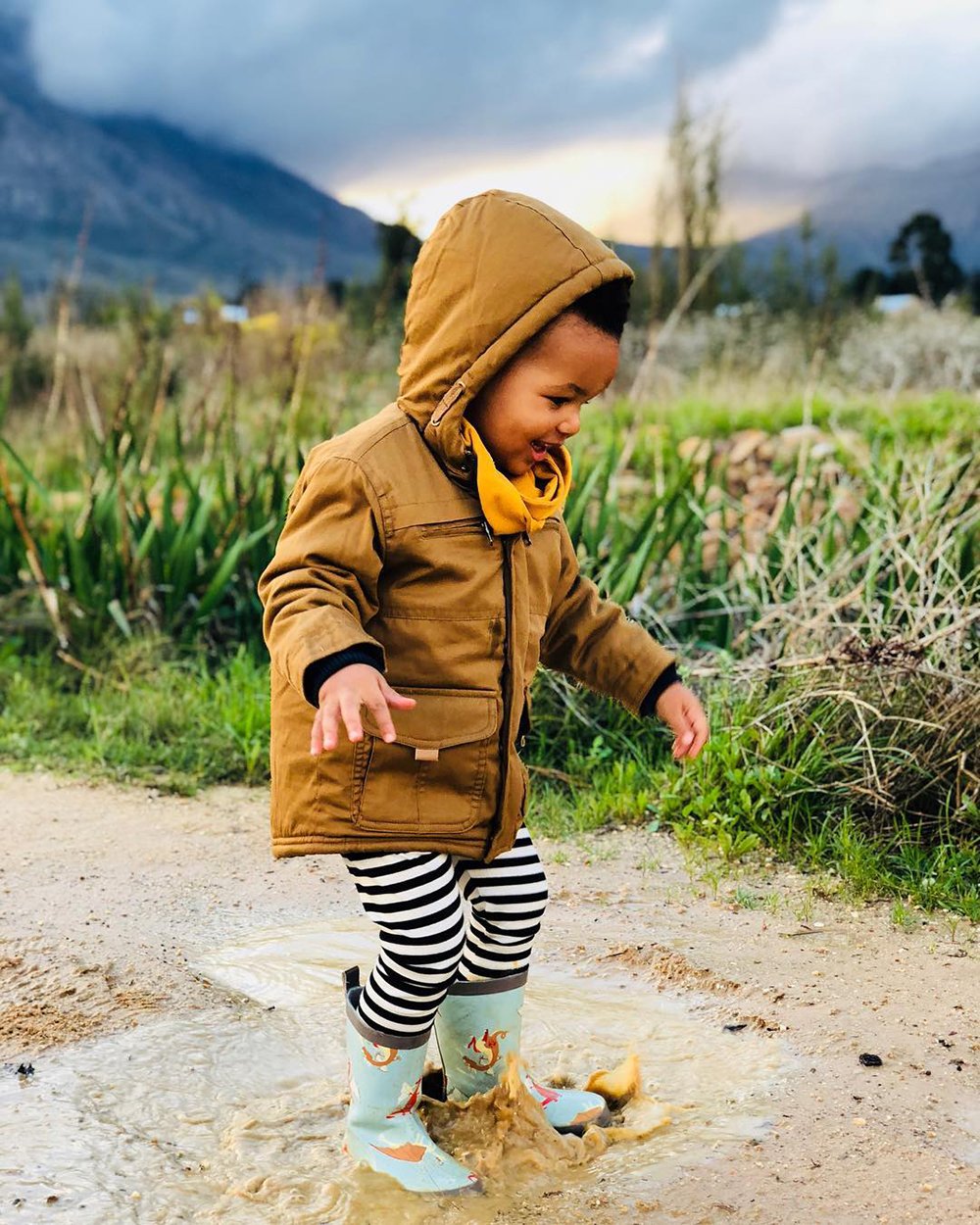



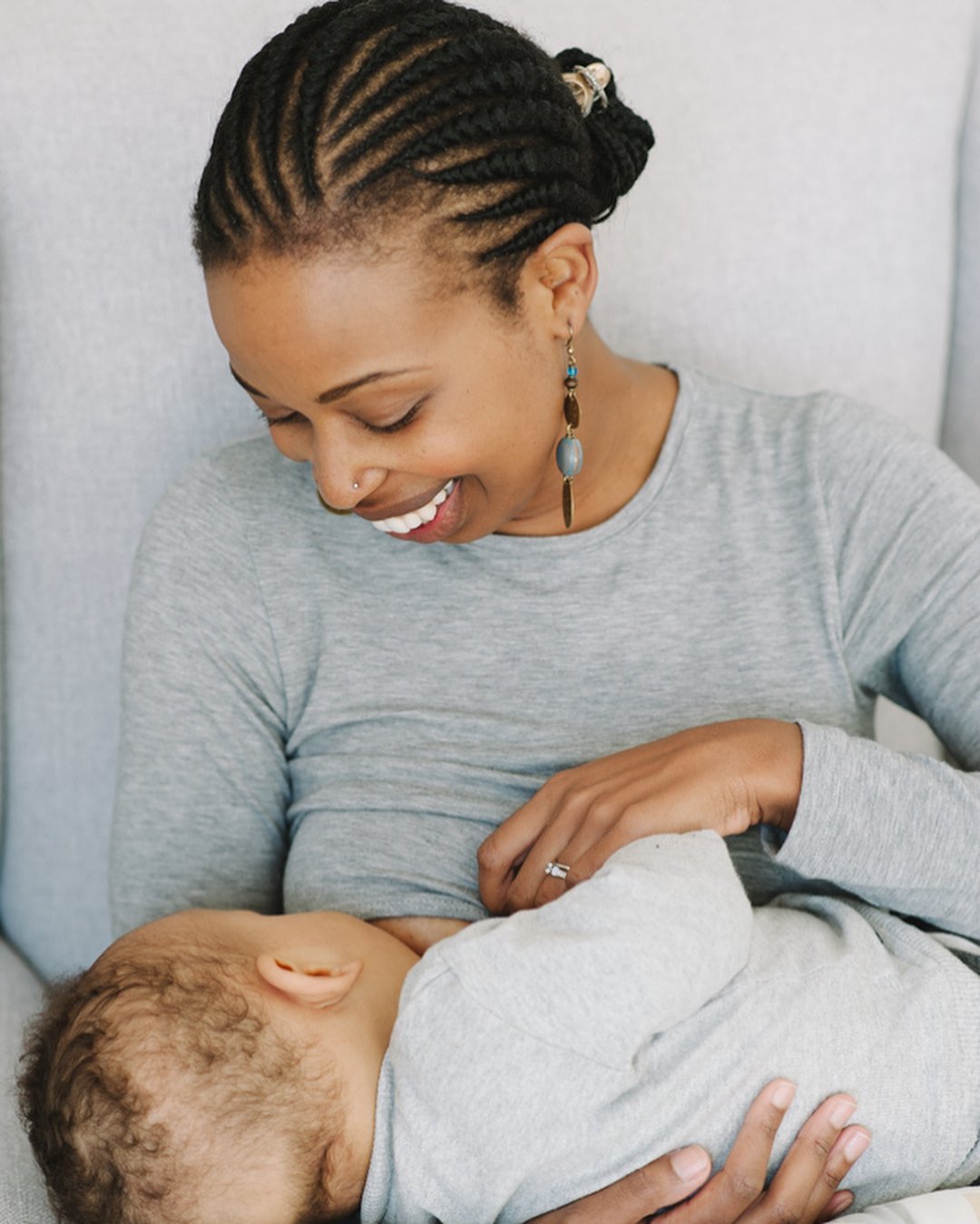


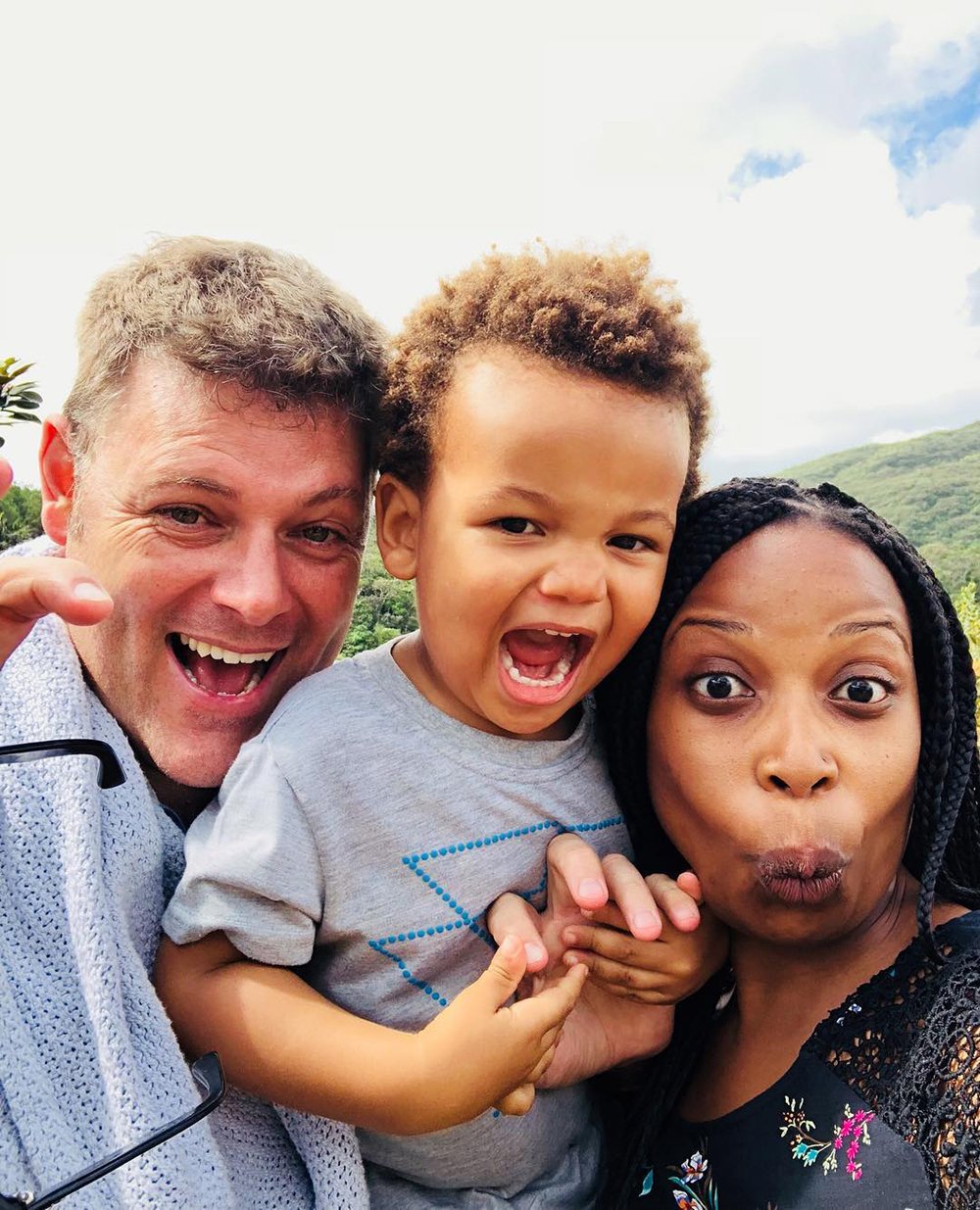
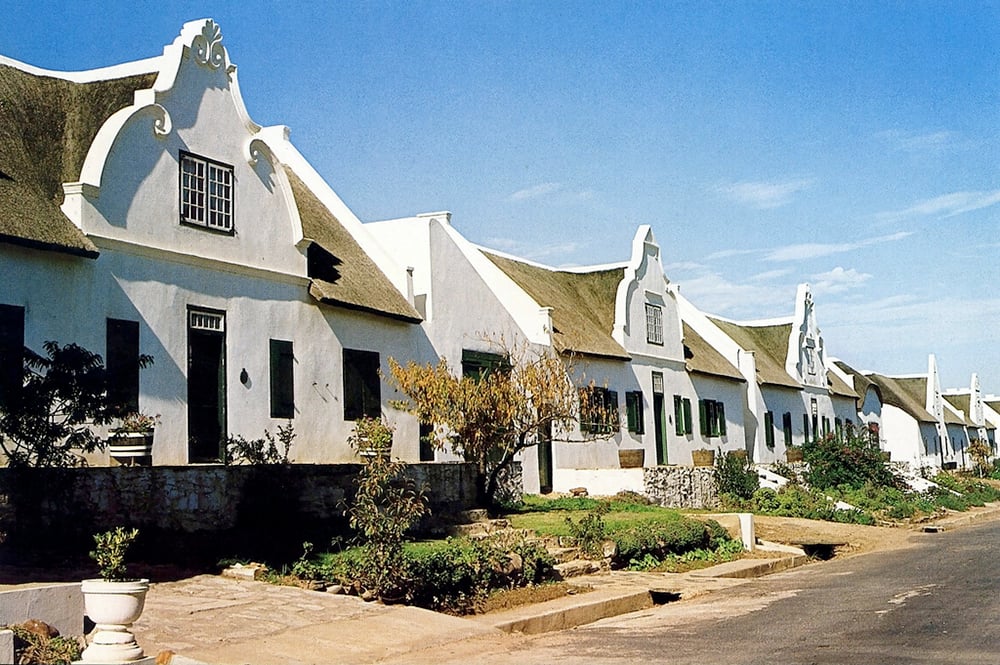

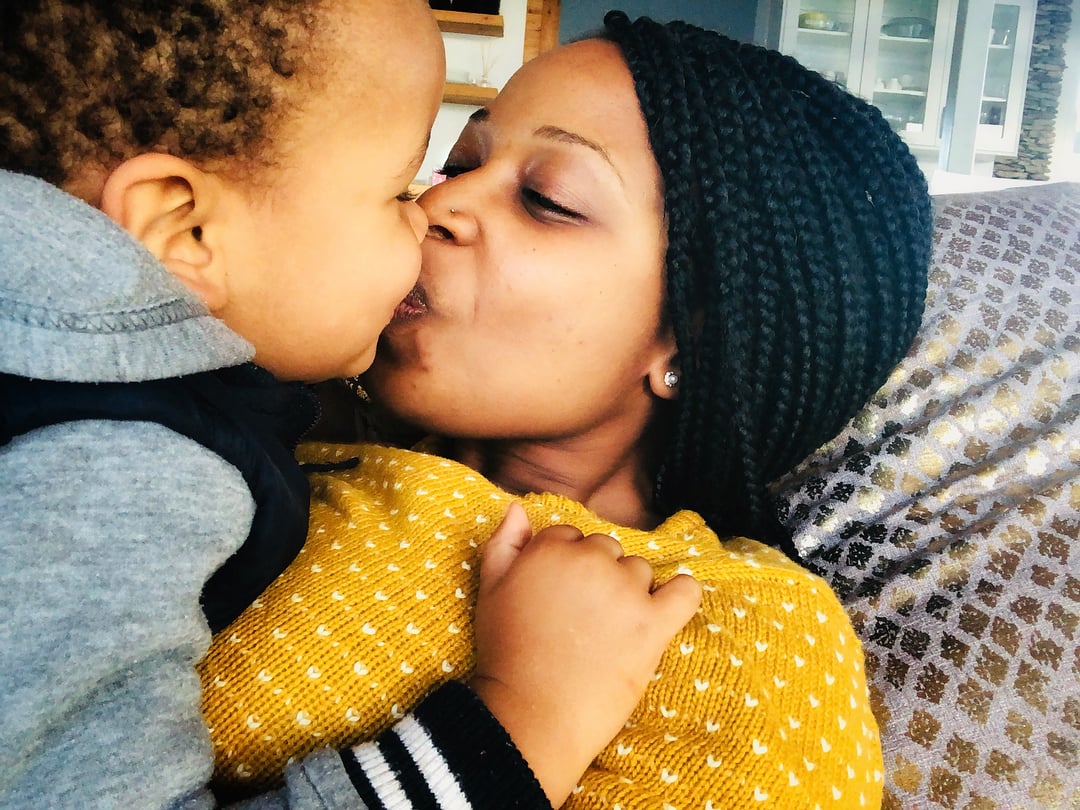

 183 COMMENTS
183 COMMENTS